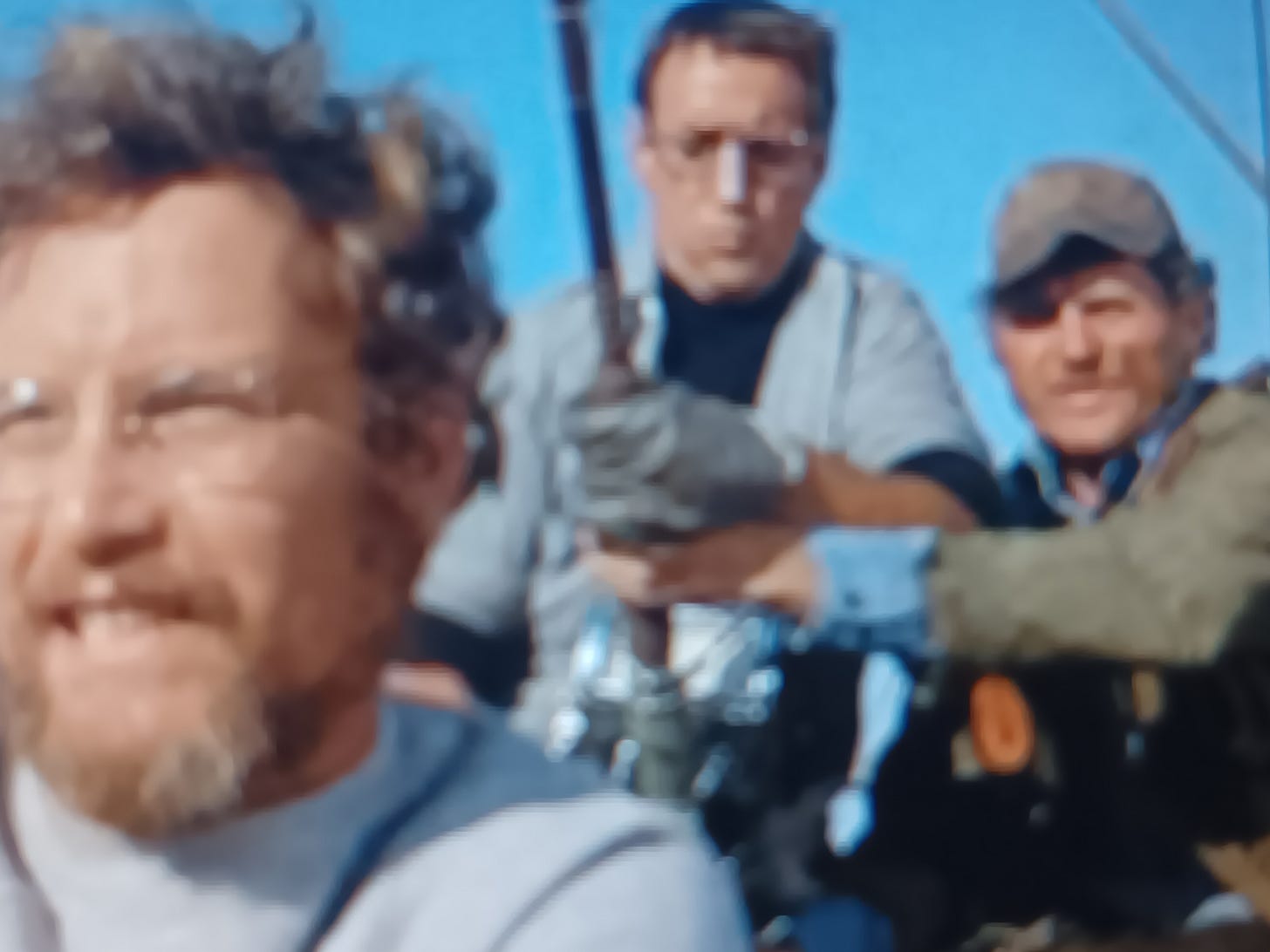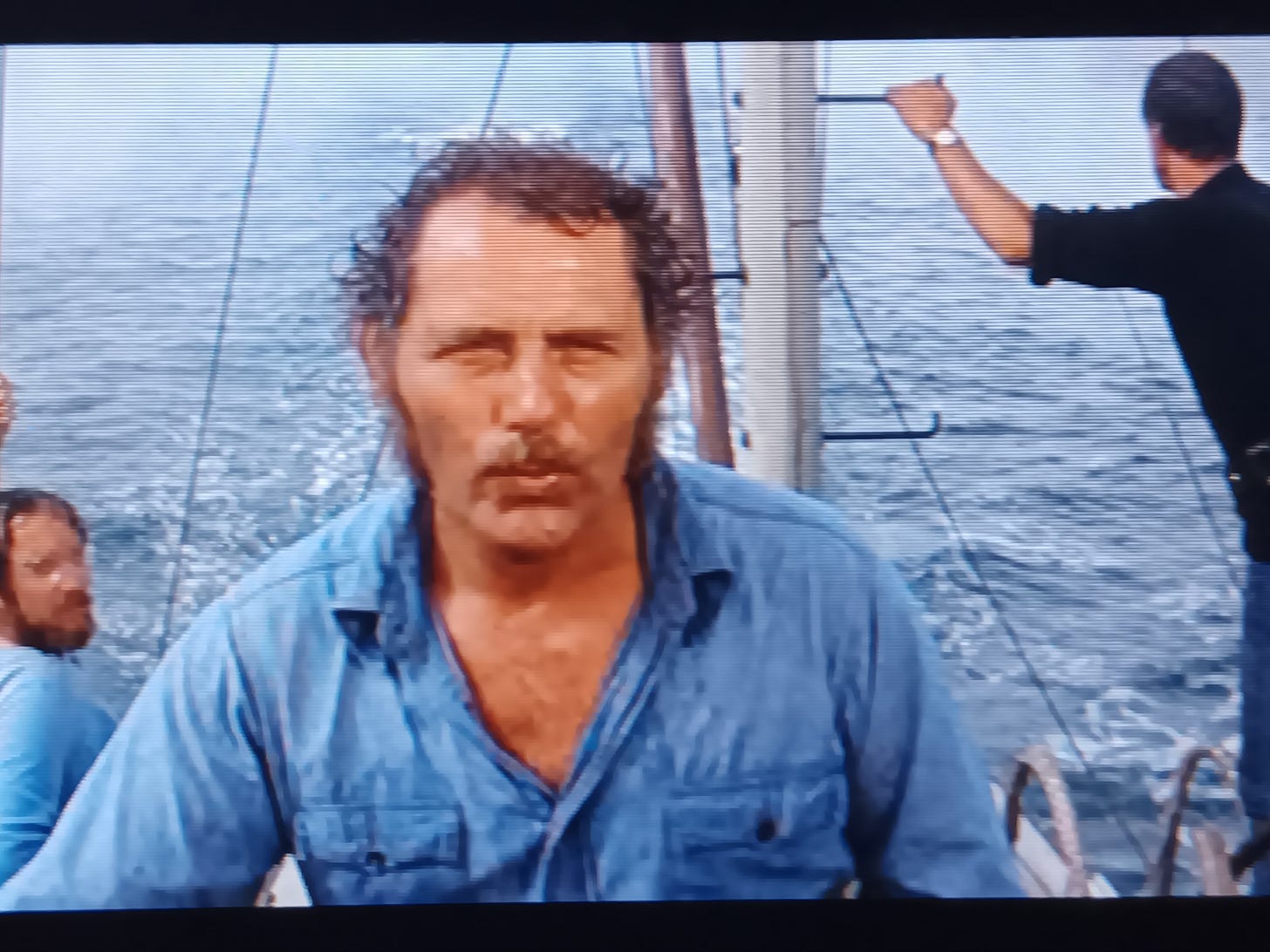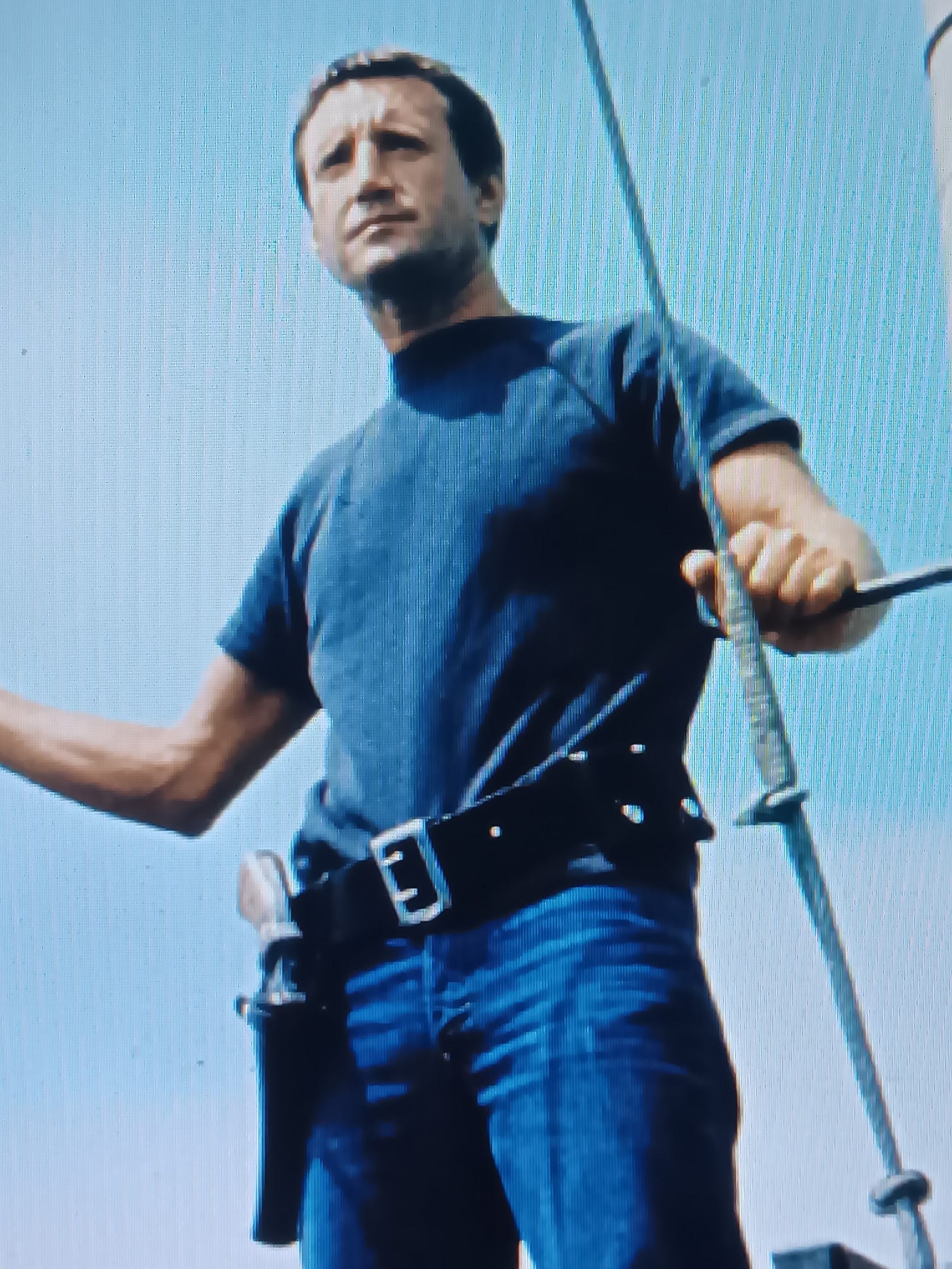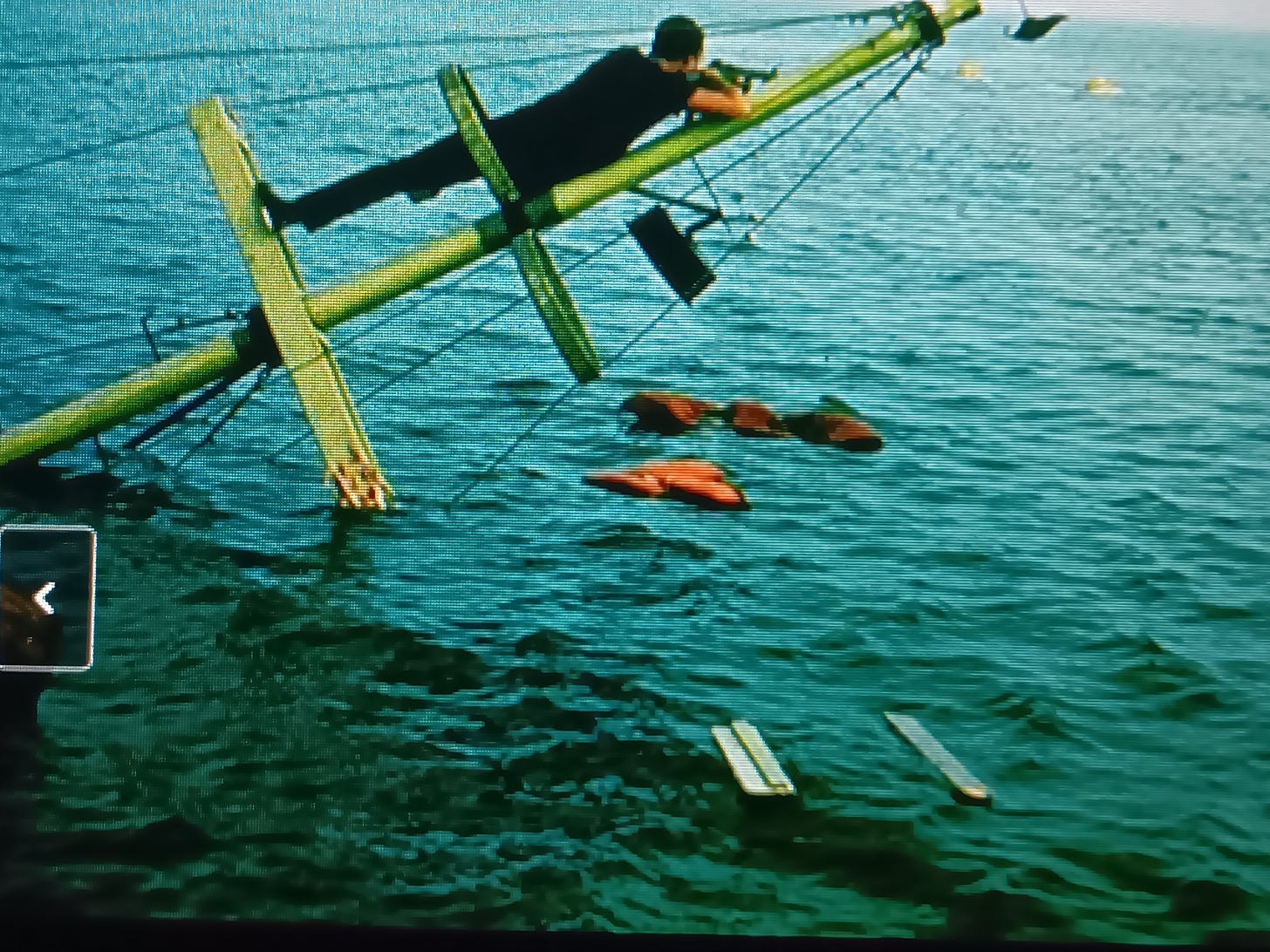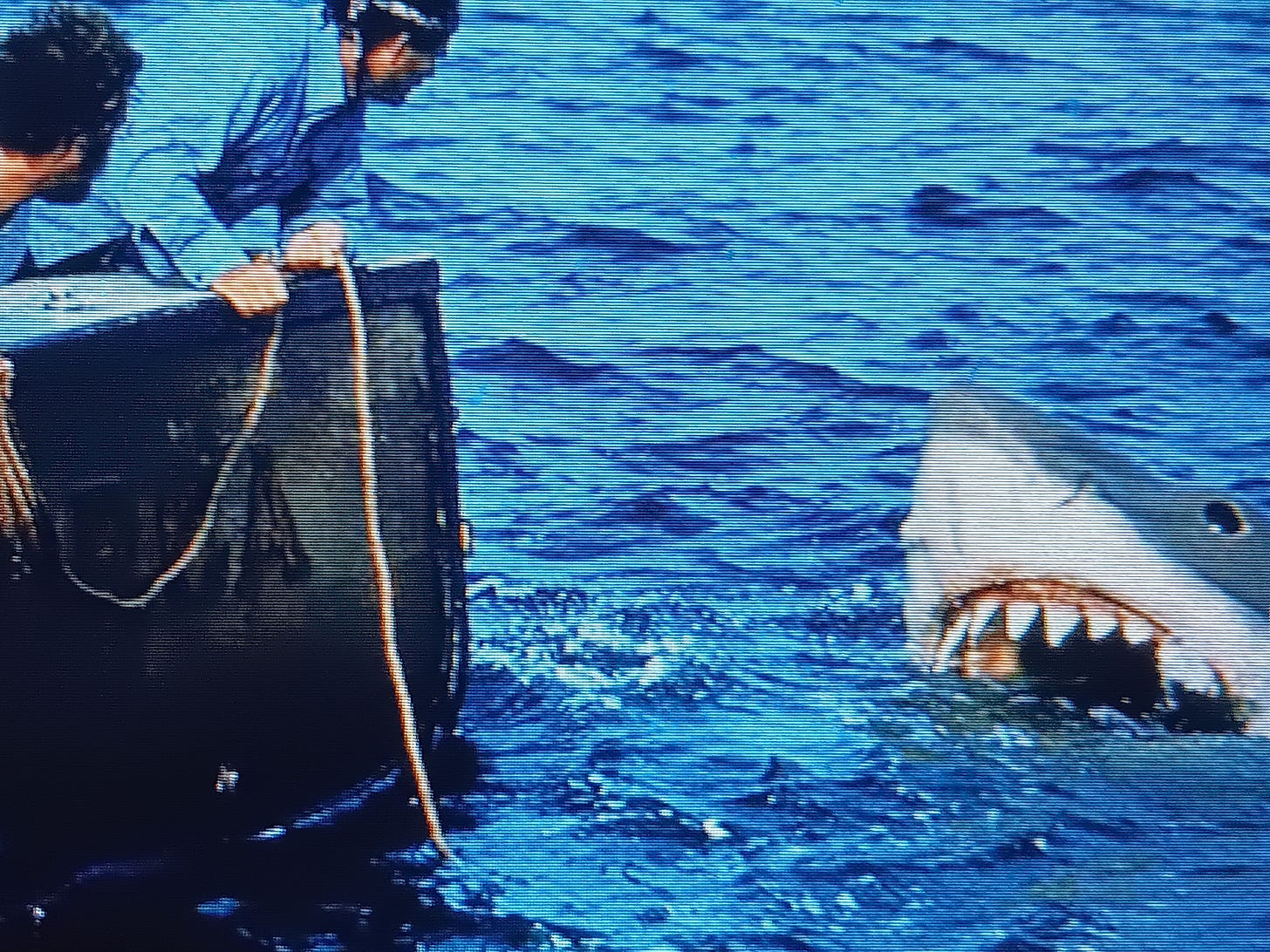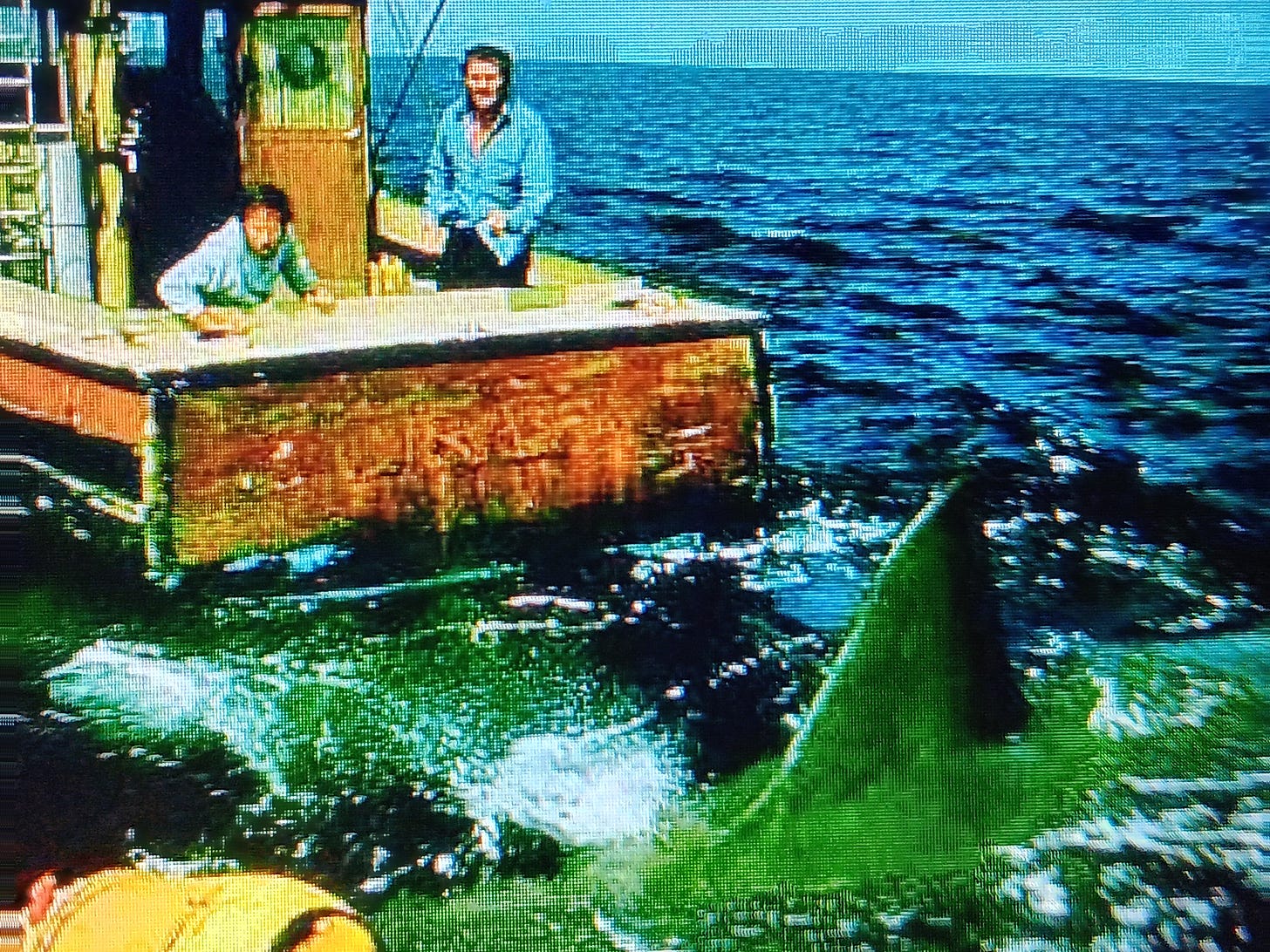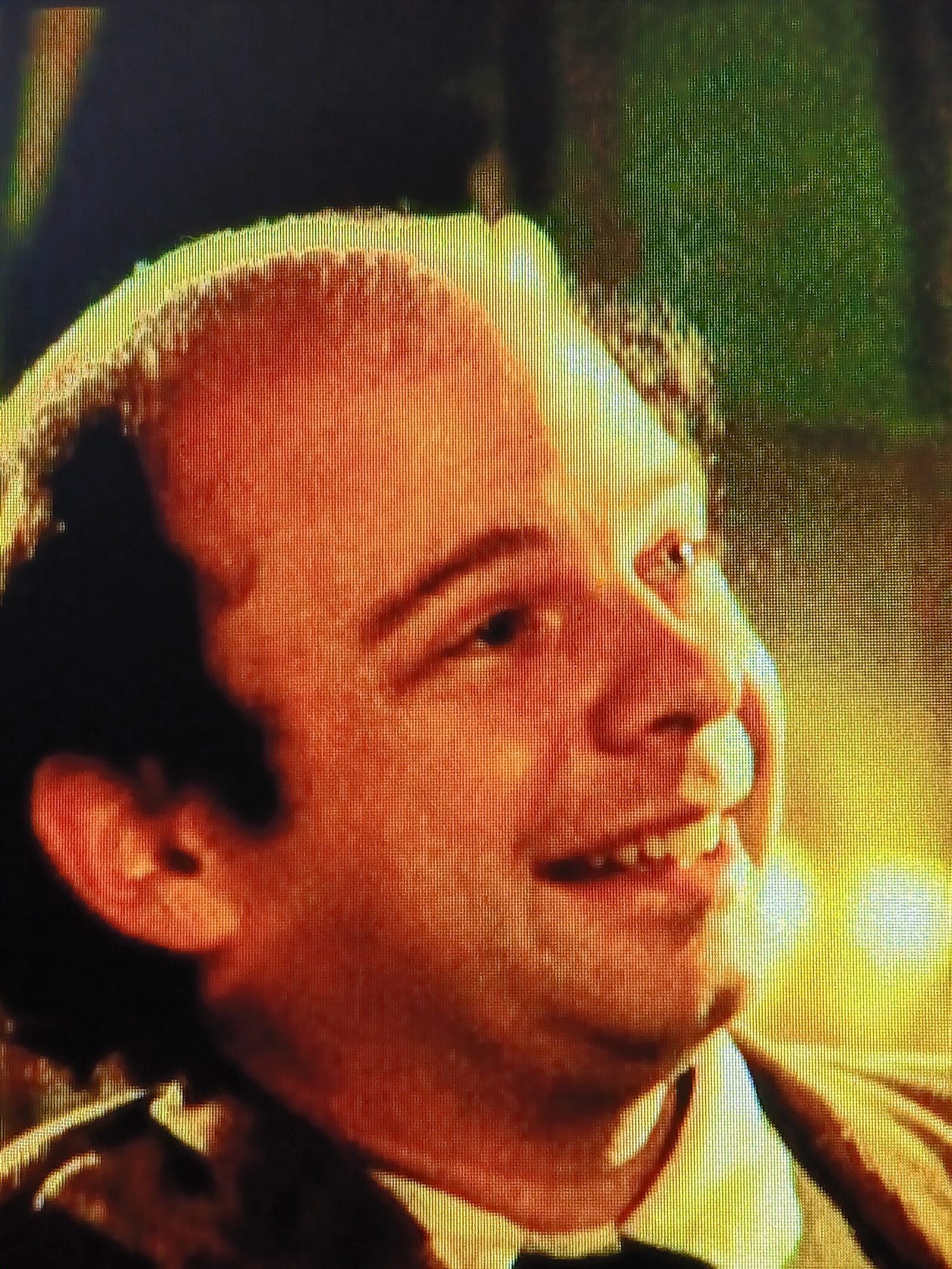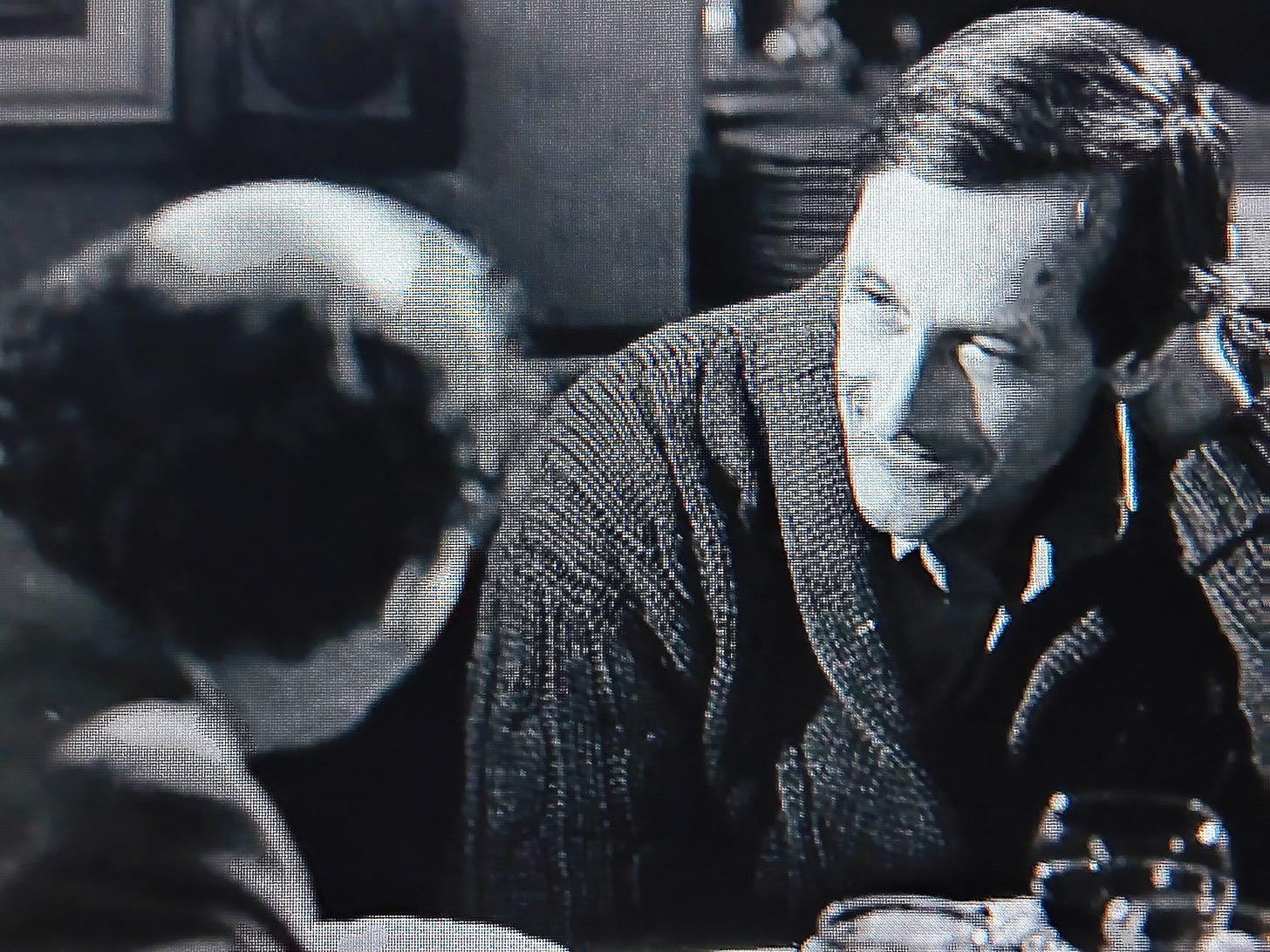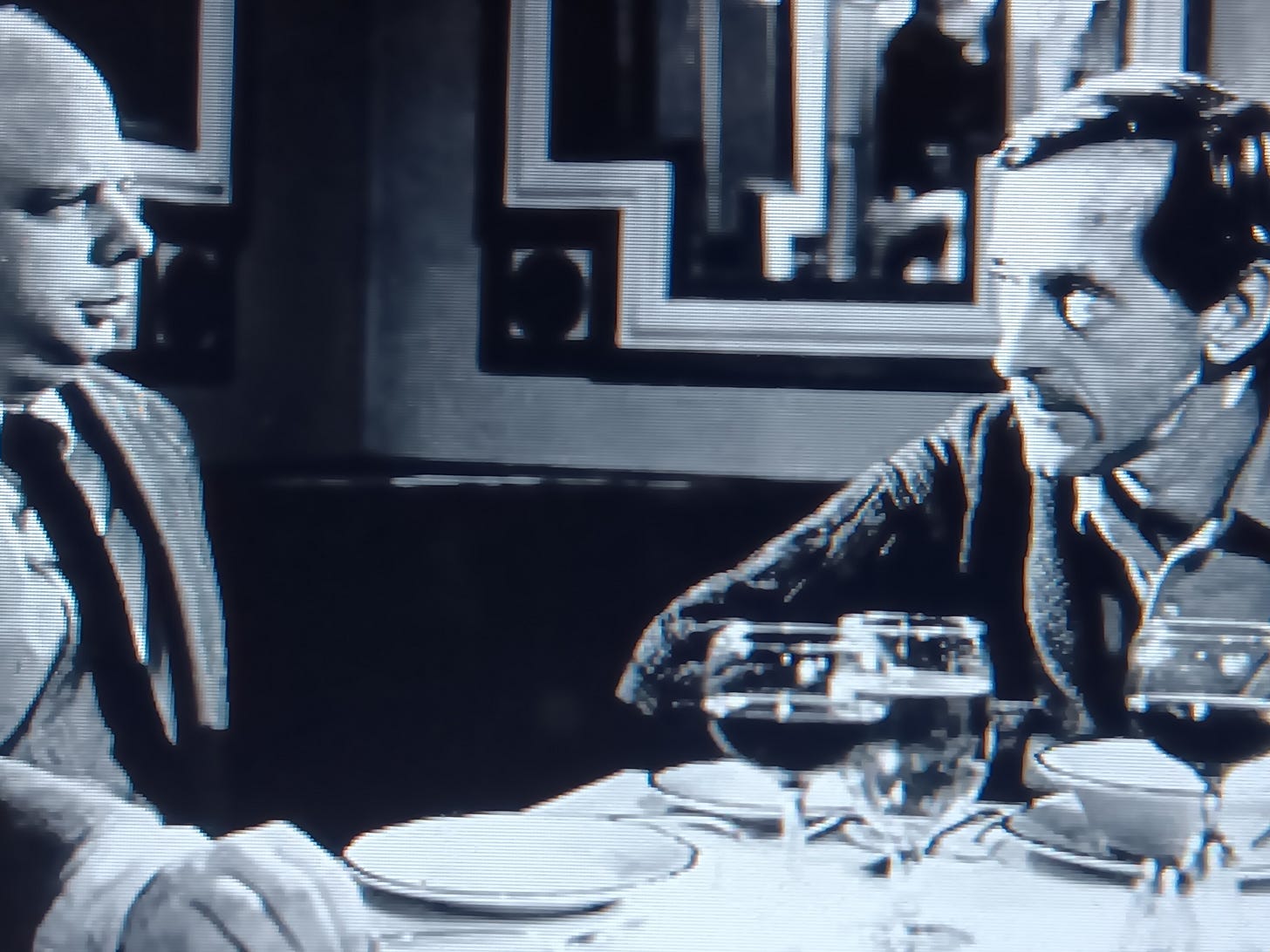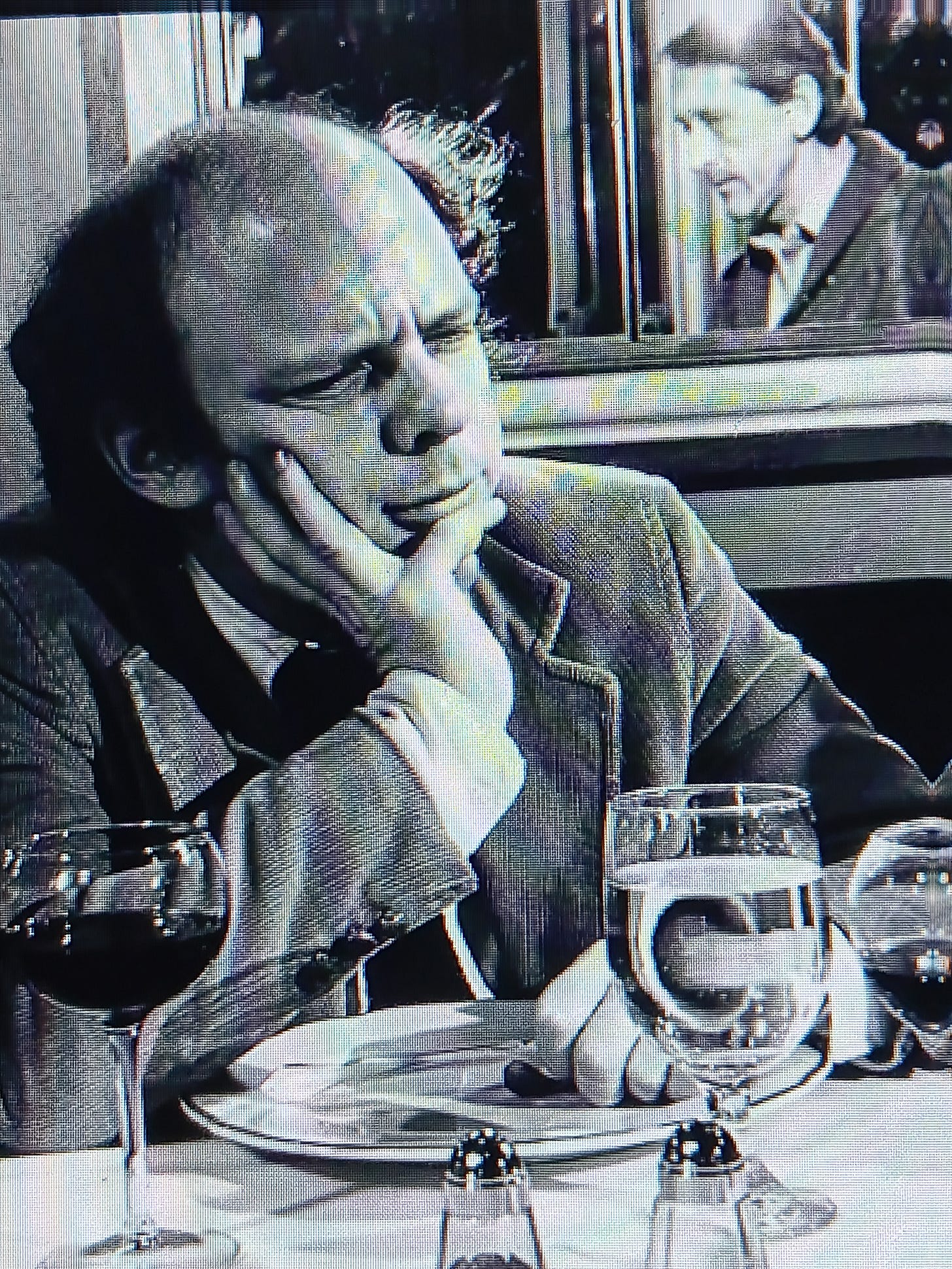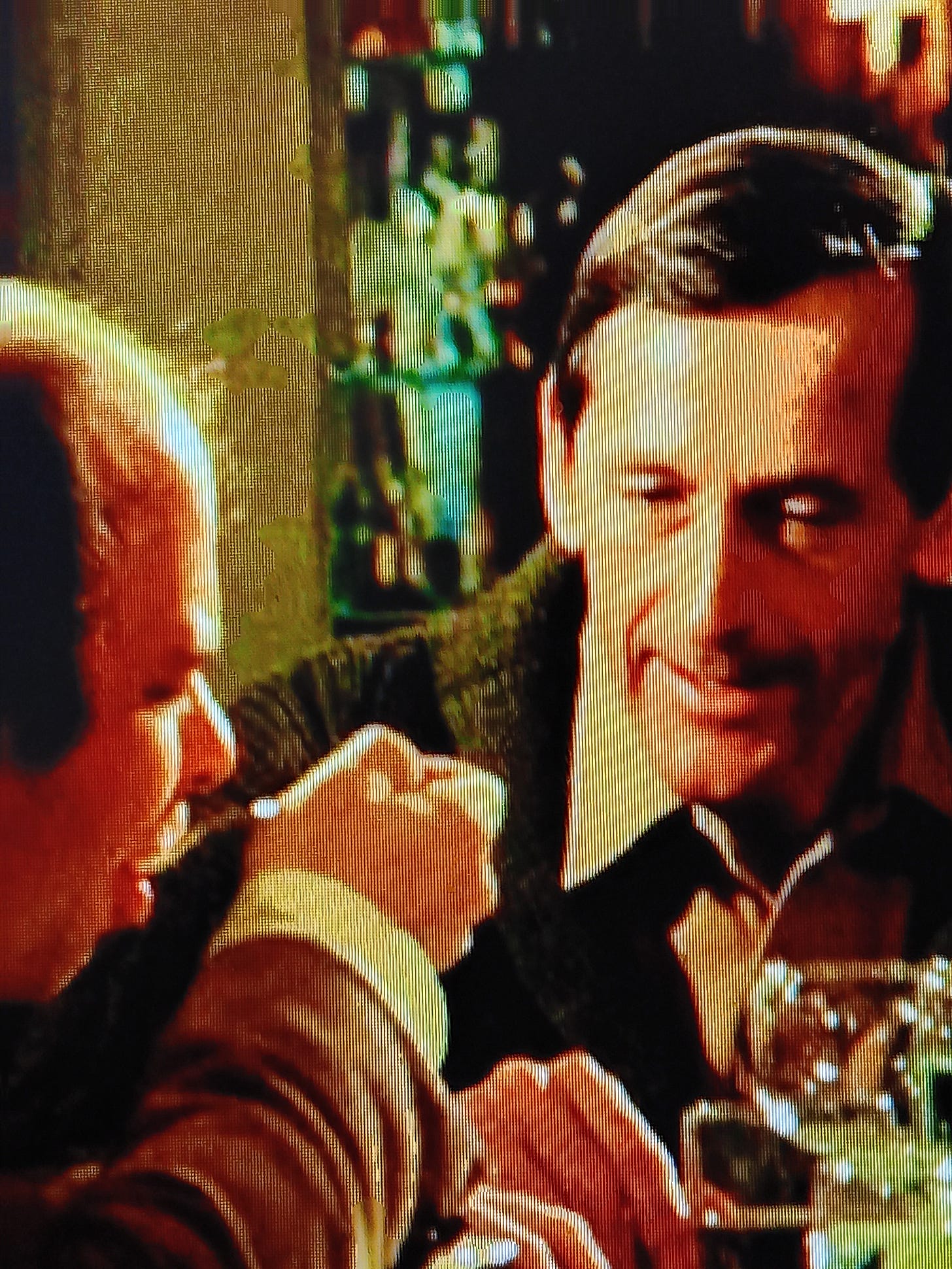It has been said in a well known text that of the making of books, there is no end.
When it comes to screenwriting books, videos and instruction, one could easily apply the aforementioned observation.
In this second decade of the 21st Century, there seems to be no end to the many avenues of information and interpretation in how to write film scripts, how to sell film scripts, how to sell film scripts you wrote and so on and so on and so on.
Back in 1924, it would have likely been near impossible to gain any knowledge of screenwriting if you weren't working within the burgeoning film industry in Los Angeles and even then it wasn't a given.
Generally one can argue there has been a lot of progress over several decades in the efforts of the average men and women seeking to educate themselves in order to become professional working screen writers : university film schools, script courses and of course, books and now you tube videos.
So why then is this essay about a method of screenwriting?
Frankly because of the process I have created called Dual Story Structure or DSS for short.
This essay will be an introduction to DSS which is intended to taught through workshops and seminars in the near future.
Dual Story Structure is
I. A narrative exoskeleton intended to fit within classical three act Structure of film writing and the more numerous acts of TV scripts.
II. A method of constructing a screen and film story that works through progression and is thus a linear process.
III. A construct that breaks down the basic components within a film in a broad fashion allowing the writer to deal with the crucial and necessary aspects within the film's story.
Dual Story Structure can be used at any phase of the script writing process including outline and treatment though it is largely intended for whole drafts.
DSS is largely intended to be learned by those individuals who already have learned the elementary elements of screenwriting- protagonist, antagonist, inciting incidents etc- as well as how to write scenes , slug lines and other technical minutiae within a screenplay.
STRUCTURE A
We will now begin with the first of the Dual Story Structures, Structure A as it is formally called.
Structure A is known as PRS- Problem, Reaction, Solution.
The definition of PRS is
I. Problem: A specific or broad predicament that the characters within your story must deal with in some way, shape or fashion.
II. Reaction: The response (emotional, physical, intellectual) of the characters to their predicament and their effort or efforts to get out of this predicament.
III. Solution: The way out of the predicament the characters found themselves in.
PRS is I would argue what one would need to write horror films, a degree of comedy films, superhero/ comic book movies and a number of dramas by using Structure A.
My basic thesis in regards to screenwriting is that movies of all types dont just deal with the cliche “ What Happens Next?” But also “What Happened?”
Thus a writer is seeking provide the answer to “What happened?” throughout the script and story.
CASE STUDY: JAWS
So let's take a film, the 1970s classic JAWS to see an example of how PRS works.
PROBLEM: A shark is attacking swimmers at a beach of an Eastern Seacoast town.
All right, we are now introduced to the problem of this film. It sounds very broad, somewhat vague so the writer will fill in the details: The town is called Amity, a sort of Martha’s Vineyard or Cape Cod type of community set in the East Coast of the United States -say Massachsusetts- and they have a new issue since a shark has attacked a couple of individuals who were swimming in local waters.
REACTION: Despite resistance from the Town’s Mayor, the local police chief is allowed to head out-with the help of a couple of individuals- to sea to find and hunt the Shark.
Again, we will need more details: The Mayor of Amity is opposed to dealing with the shark, a Great White, because it's summer tourist season and the town depends on visitors economically thus he doesn't want a panic and frightened tourists to flee elsewhere. However Amity's Police Chief convinces town officials that the shark must be dealt with and thus enlists a marine scientist and a local boat owner to sail out to search and destroy the shark.
SOLUTION: After a series of nearly deadly and even deadly encounters, the Shark off of Amity is finally dispatched.
So, essentially, the police chief finds a way to kill the shark after they have come face to face or teeth to jowl with this animal as it has passed by near their boat, passed by their boat and outright attacked their vessel.
Thus Structure A deals with a type of filmic narrative . The writer uses this structure to figure out the basics of plot and story, put up - so to speak- these basics on its feet to get a cursory and then later detailed examination and then work from the basis of this structure to flesh out the scenes and the plot points, the story and the script.
STRUCTURE B
Let us now move on to Structure B, the second and last of the two story structures.
Structure B is known as SAR- Situation, Action, Resolution.
The definition of SAR is
I. Situation: Any particular or general aspect within the life of a character or characters that is going to be reacted to, dealt with or not dealt with
II. Action: Literal physical action or behavioral actions taken over the course of the film or in simply one part of the film.
III. Resolution: The conclusion to the situation or whatever has transpired for the characters.
SAR is generally the structure for Action Films, a degree of Sci-Fi Films as well as many Comedies. It's also what might be classified as a structure for so called Art House Films and many Independent films.
Unlike PRS, SAR is a broader and more expensive filmic scripted paradigm that can encompass a wider array of film stories and plots.
CASE STUDY: MY DINNER WITH ANDRE
We can now look at the 80s film MY DINNER WITH ANDRE to see SAR in action.
SITUATION: A balding man is going to dinner with his friend at a restaurant in New York City
Now slight bits of detail have been added ( that the protagonist is balding, the events are in New York City) but this is extremely thin and bare as a description.
Time to fill in the blanks: The hair deprived main character is playwright and actor Wallace Shawn but what is interesting this is his actual name and profession. He is traveling by subway to meet his friend Andre Gregory who was a Theater Director, again real name and occupation.
So here we are getting into interesting territory. Although this movie is clearly scripted, these are two actual individuals not simply fictional characters created by a screenwriter .
ACTION: The protagonist has dinner with his friend and they engage in a long, fascinating conversation or series of conversation during the course of the dinner.
Admittedly this description does not do justice to the bulk of this movie where Gregory discusses his trip to Europe and abroad to run and take part of rather intriguing theater workshops. Gregory also shares his philosophy and view of society which Shawn in his polite way reacts and responds to.
Notice there isn't physical action here as behavior and reaction on the part of the characters.
RESOLUTION: The dinner concludes and the protagonist heads back home reflecting on what his friend has told him.
A pretty simple though thoughtful conclusion which is slightly contemplative and perhaps philosophical.
Though for different story types, SAR is applied the same as PRS.
In conclusion, as demonstrated in this essay, DSS allows the screenwriter the structures through which he or she can both construct and deconstruct their stories and scripts.
Dual Story Structure doesn't impose rules and formulas for your screenplay, it only provides constructs to write your story.
With DSS, hopefully there will be no end to the scripts you write.
Albert Lanier is a former film critic and reviewer and a 30 year veteran writer and retired freelance journalist. He can be reached at althewriter2@yahoo.com to conduct workshops and seminars on DSS.







